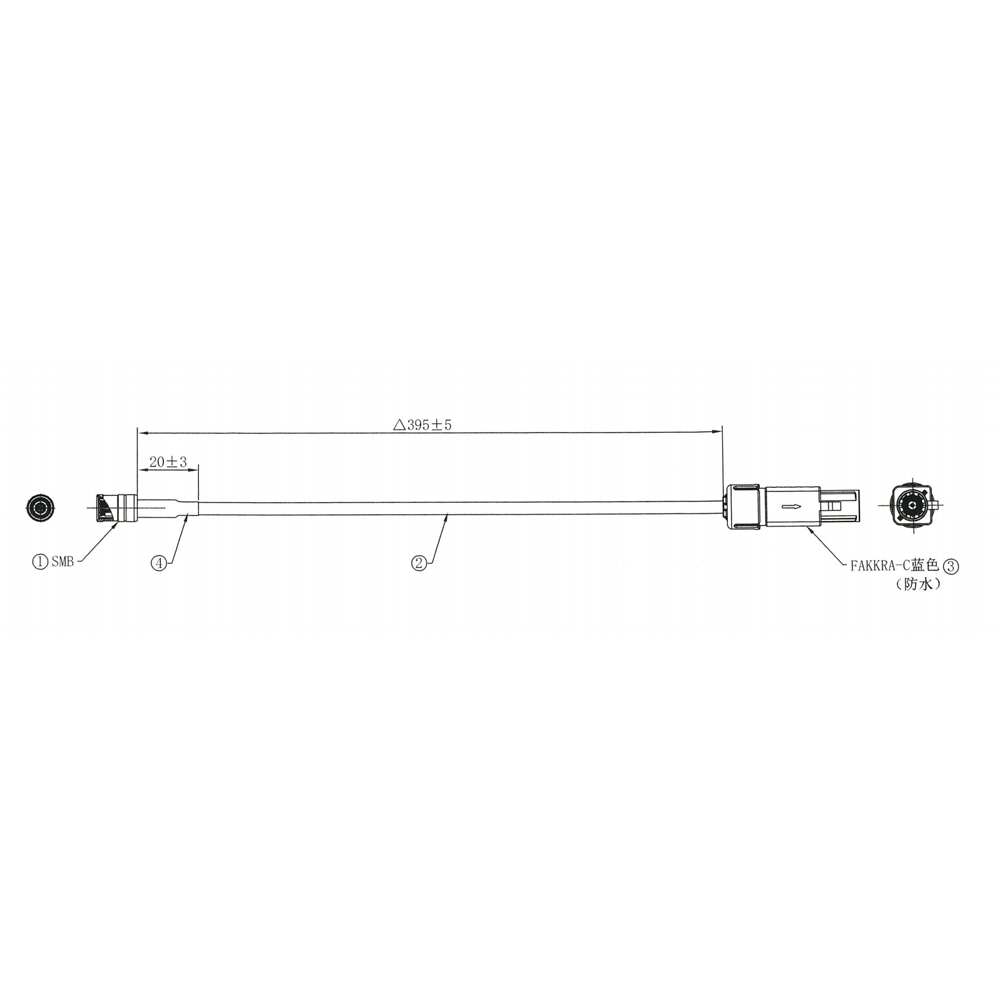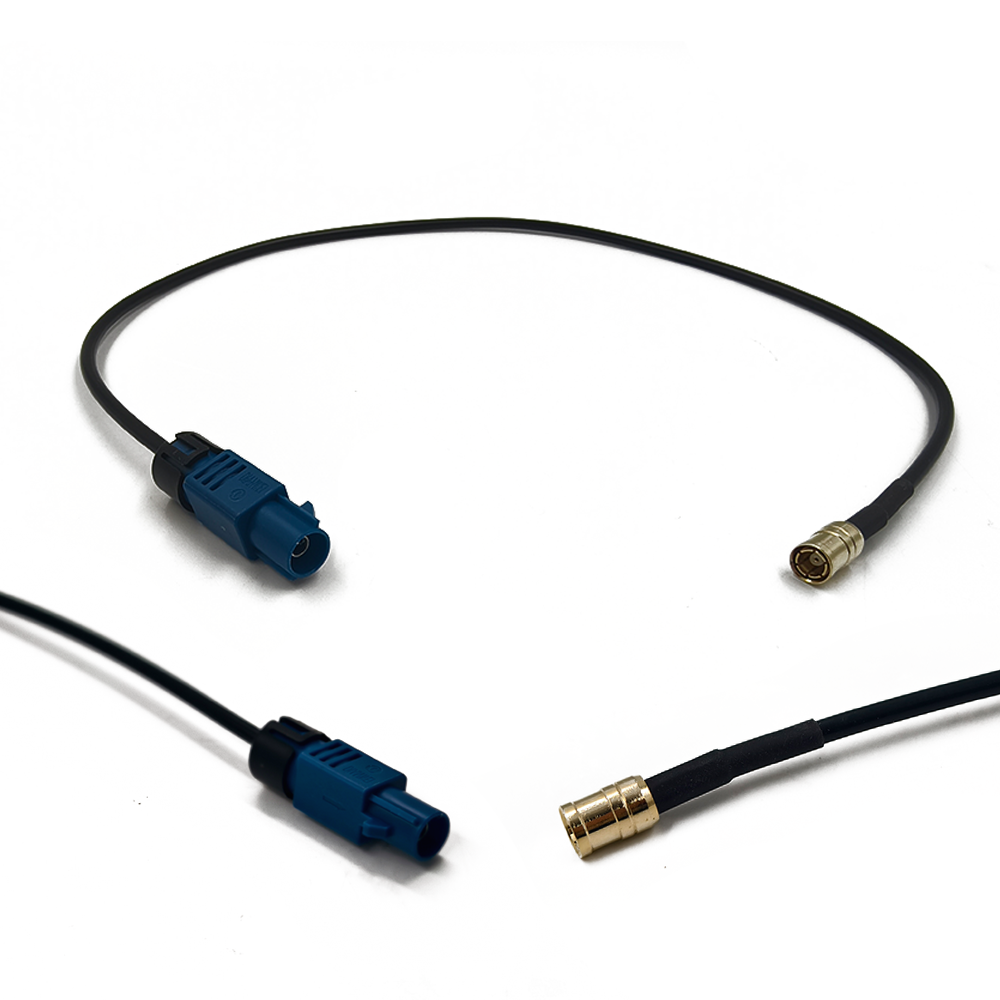Applications
Automotive GNSS antennas with waterproof housings are widely used in a variety of applications within the automotive industry. In basic navigation systems, they provide accurate location information to drivers, enabling them to find their way to their destinations easily. The reliable operation of these antennas in all weather conditions ensures that drivers can rely on their navigation systems, whether they are driving in heavy rain or snow.
For ADAS, accurate positioning is crucial. These antennas play a vital role in features such as lane - departure warning, adaptive cruise control, and automatic emergency braking. By providing precise location data, the ADAS can make more informed decisions, enhancing the safety of the vehicle and its occupants. In autonomous driving, where the vehicle must navigate complex road scenarios without human intervention, the accuracy and reliability of GNSS antennas with waterproof housings are essential for safe operation.
In addition to on - road applications, these antennas are also used in off - road vehicles. Off - road driving often exposes vehicles to more extreme environmental conditions, including mud, water, and dust. The waterproof housing ensures that the GNSS antenna can continue to function properly, allowing off - road enthusiasts to navigate through challenging terrains with confidence.
Future Trends
Looking ahead, several future trends are expected to shape the development of automotive GNSS antennas with waterproof housings. One trend is the integration of multiple satellite navigation systems. In addition to GPS, other systems such as GLONASS, Galileo, and BeiDou are becoming more prevalent. Future antennas will be designed to receive signals from multiple GNSS simultaneously, providing more accurate and reliable positioning information, especially in challenging environments where satellite visibility may be limited.
Another trend is the miniaturization of the antenna and its housing. As vehicles become more electrified and autonomous, there is a growing demand for smaller, more compact components. Manufacturers will strive to reduce the size of the GNSS antenna and its waterproof housing without sacrificing performance, enabling more efficient use of space within the vehicle.
The integration of advanced materials and manufacturing techniques is also on the horizon. New materials with better electrical properties and waterproof capabilities will be developed, allowing for improved antenna performance and enhanced durability of the housing. Additive manufacturing, or 3D printing, may also be used to create more complex and customized antenna designs and housings, reducing production costs and lead times.
Furthermore, the development of intelligent antennas is an emerging trend. These antennas will be able to adapt to changing environmental conditions and optimize their performance in real - time. For example, they may be equipped with sensors that can detect the presence of moisture or interference and adjust the antenna's operation accordingly, further enhancing the reliability of GNSS positioning in automotive applications.
Conclusion
In conclusion, the automotive GNSS antenna with a waterproof housing is an essential component in modern vehicles, providing accurate positioning information while ensuring reliable operation in diverse environmental conditions. Its design and construction, based on a combination of antenna engineering, material science, and waterproofing technology, offer enhanced durability and performance compared to standard GNSS antennas.
However, challenges such as maintaining antenna performance while ensuring waterproofing, managing costs, and preserving long - term waterproof integrity need to be addressed. As the automotive industry continues to evolve towards greater connectivity and automation, the demand for these antennas will only increase.
With future trends such as multi - GNSS integration, miniaturization, the use of advanced materials and manufacturing techniques, and the development of intelligent antennas, the automotive GNSS antenna with a waterproof housing is poised to play an even more significant role in the future of automotive technology. Continued research and development efforts will be crucial in overcoming existing challenges and unlocking the full potential of these antennas, enabling safer, more efficient, and more connected vehicles.




































































 Language
Language
 En
En Cn
Cn Korean
Korean

 Home >
Home > 







 18665803017 (Macro)
18665803017 (Macro)













